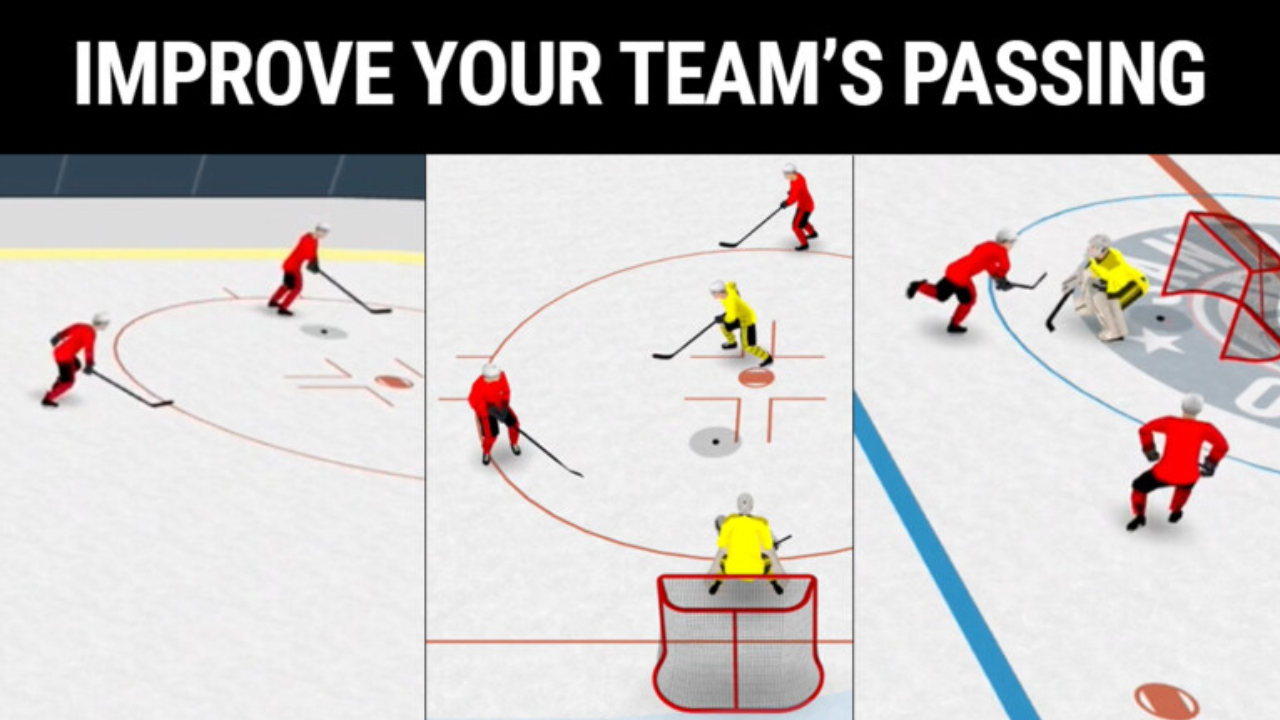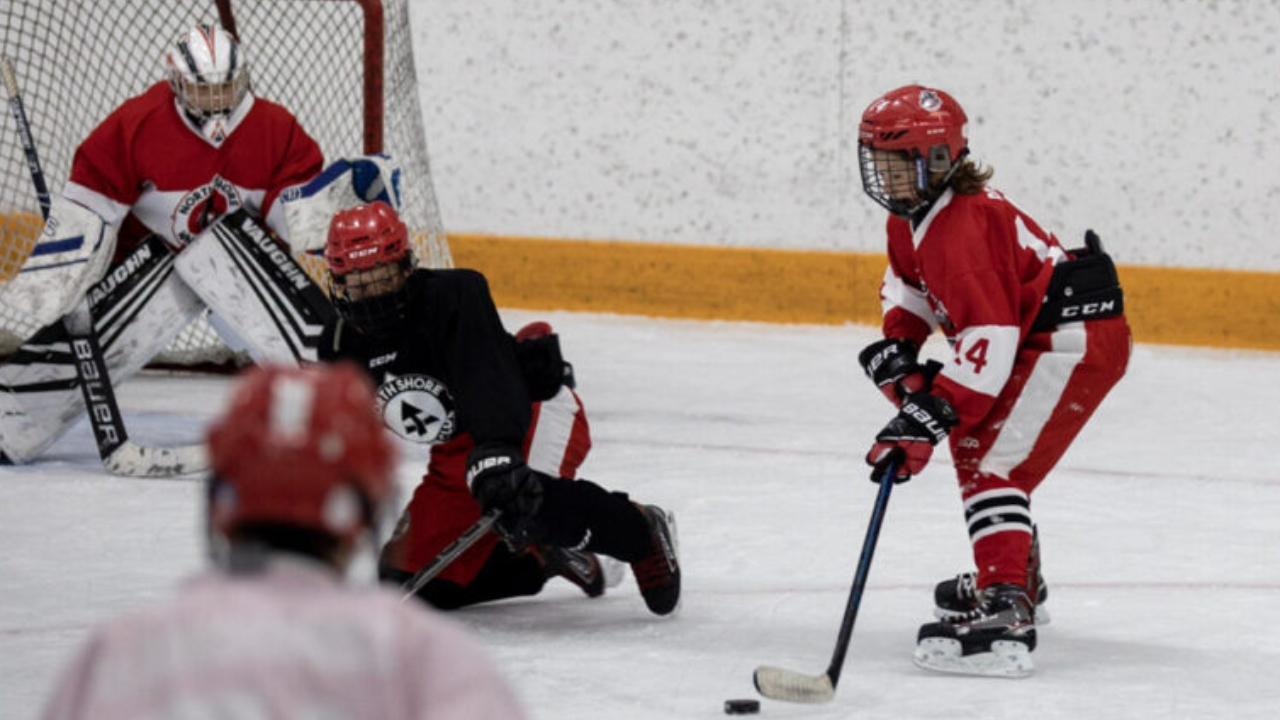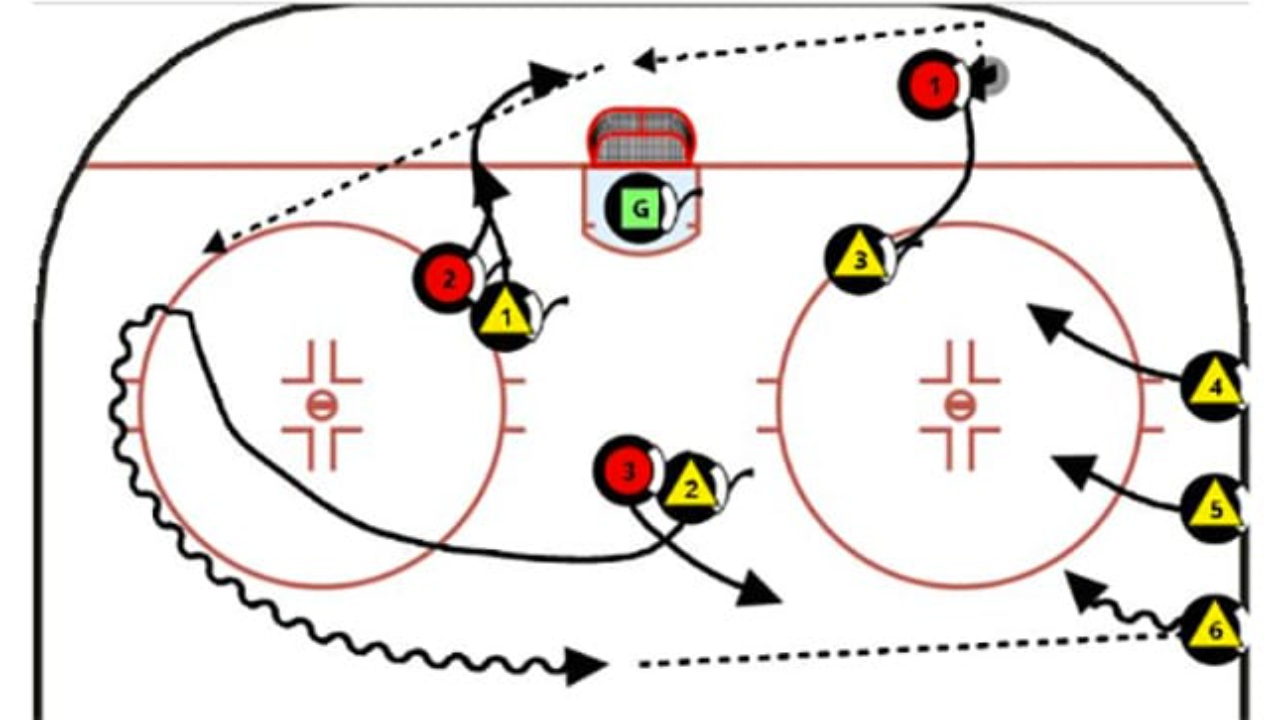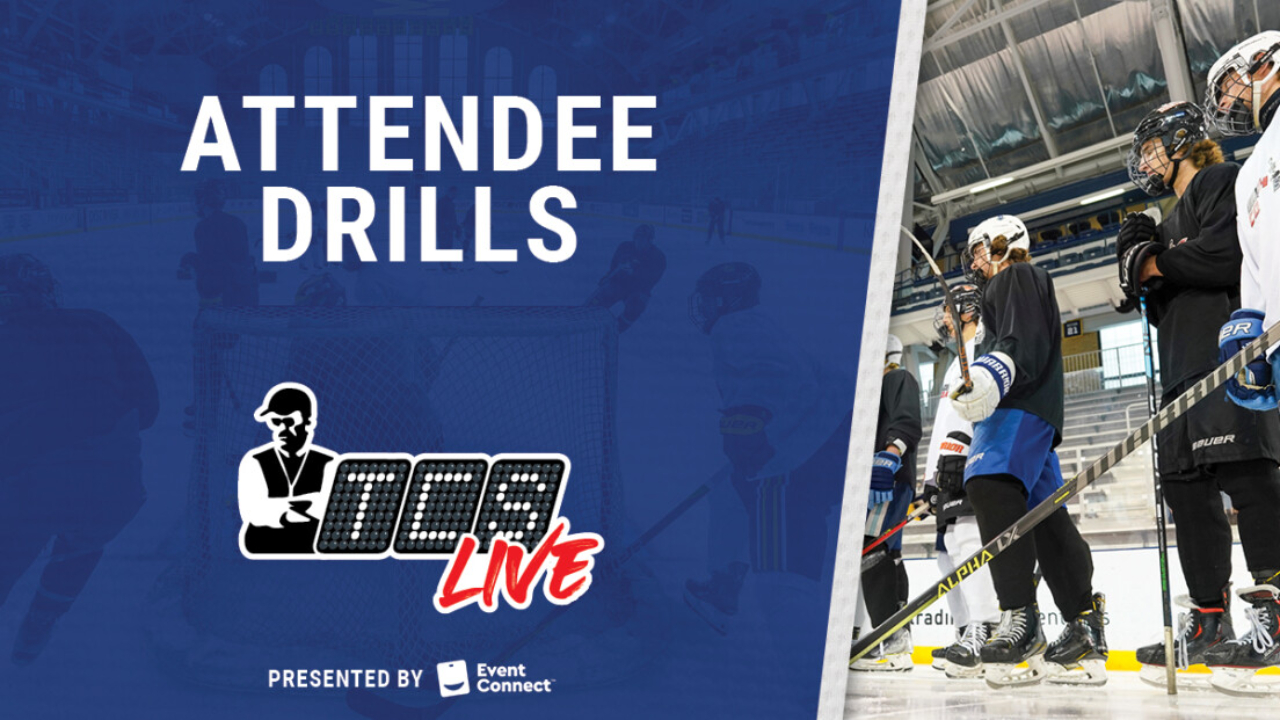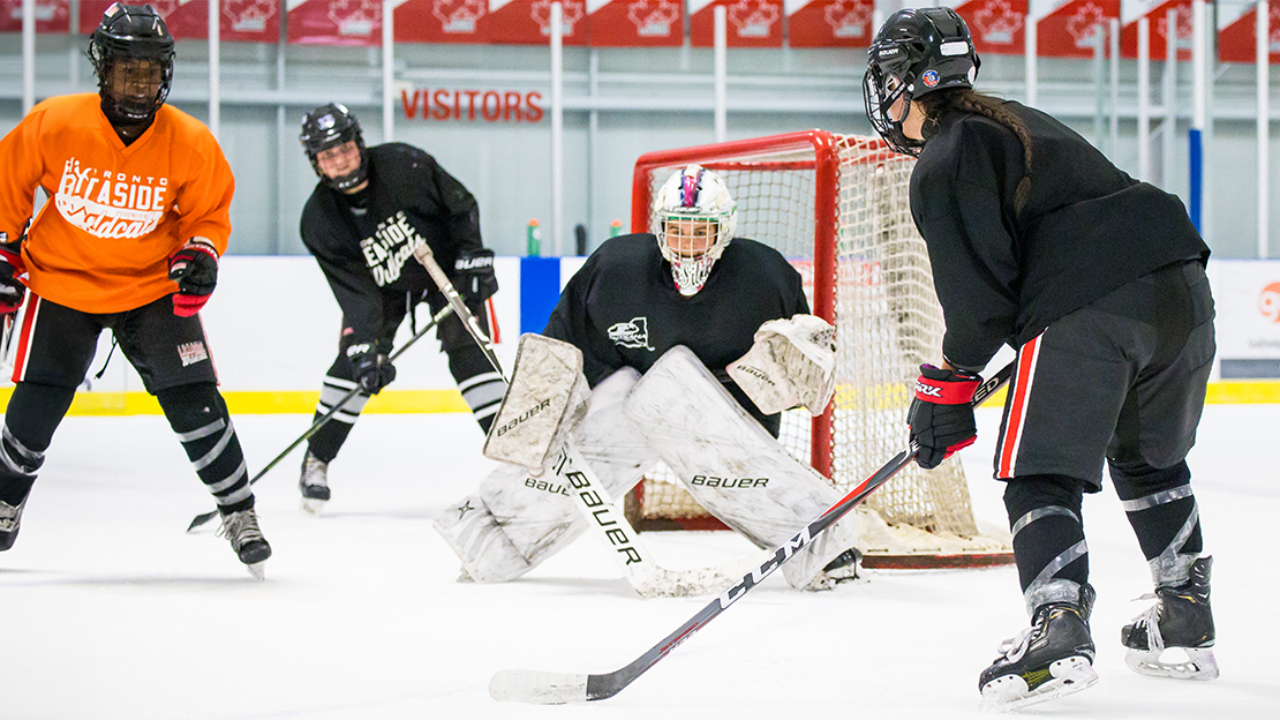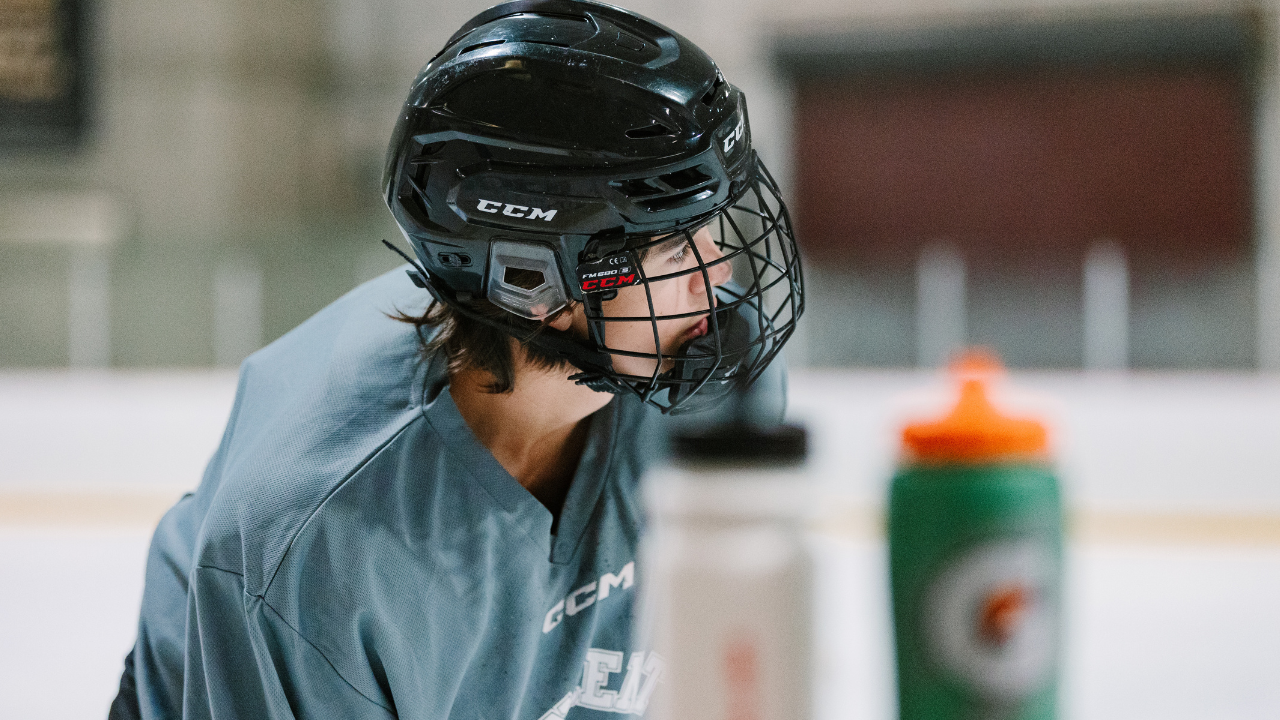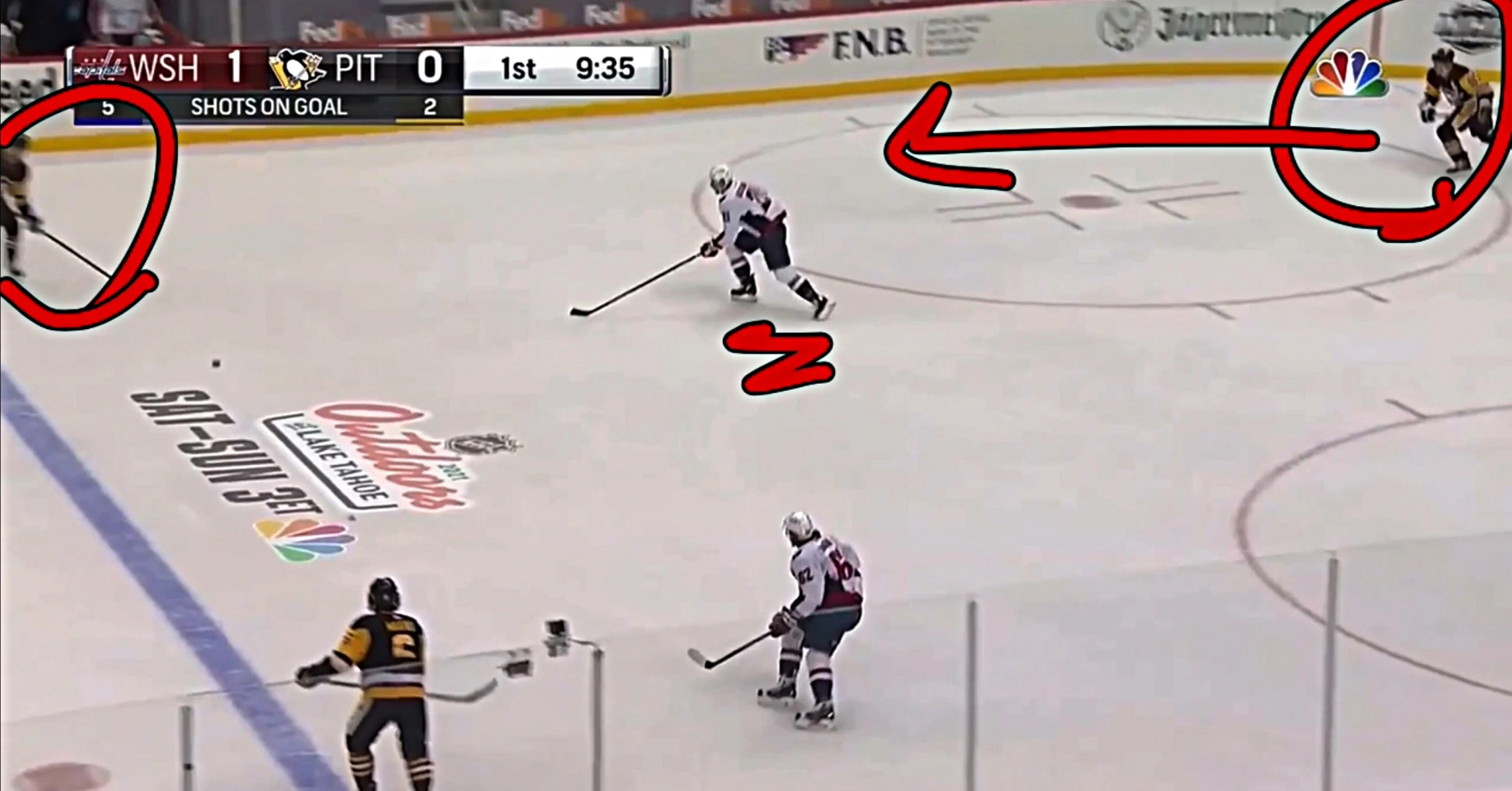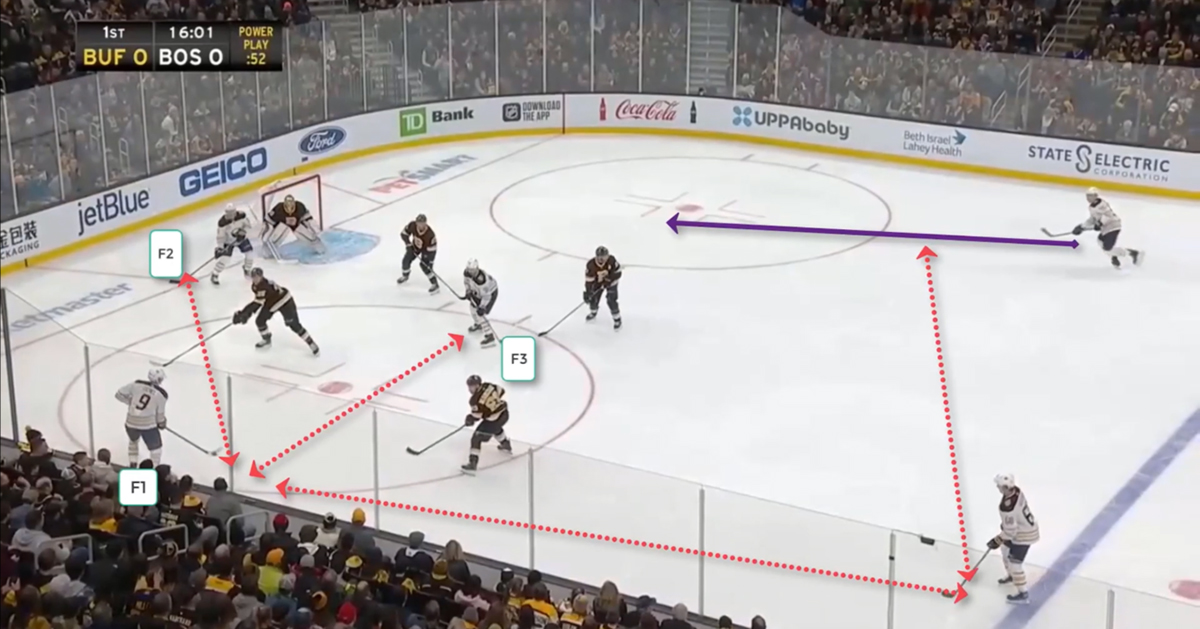The low-to-high cycle is a tactic that shifts the puck from below the goal line up to the blue line, forcing defenders to constantly adjust their position. By leveraging puck movement through the depth of the zone, teams disrupt defensive coverage and unlock high-quality scoring opportunities. This cycle is central to the most effective offensive strategies because it stretches the defense, creates confusion, and directly leads to prime attacking chances.
Using the Depth of the Ice
When teams cycle the puck from the goal line to the blue line, they expand the zone vertically, creating more attacking possibilities. This tactic forces defenders to reposition themselves, which can sometimes disrupt their coordination and leave open areas of ice for offensive players to attack. Taking advantage of the depth of the zone by generating plays from the goal line helps offensive players shift the defensive players low, with a quick release to an open player at the blue line, leading to a pocket of ice that allows for time to make a pass, take a shot, or reset the play. As defenders shift their coverage, mistakes are more likely to occur, leaving opportunities for offensive players to take control of the situation and find open lanes.
Generating Traffic
Creating movement around the net is important for making the low-to-high strategy work effectively. Placing players in front of the goalie and advancing toward the crease can interfere with the goalie’s line of sight and ability to respond to rebounds. Using different tactics while screening, such as crossing the goalie’s eyes or staying planted in a specific spot, can force defenders to adjust and vacate their positions. Consistently applying pressure near the net attracts more defenders to that area, making it even harder for the goalie to follow the puck.
Collapsing for Rebounds
Positioning is key when a shot comes from the blue line, as offensive players must understand the most likely area of puck trajectories so they can capitalize on second-chance opportunities. Players near the crease need to be ready to battle for loose pucks and maintain pressure on the defensive team and the goalie. Sync movements and awareness from different angles in the direction of the net can allow the offense to stay one step ahead, increasing their chances of converting rebounds into goals.
Practicing the Low-to-High Cycle
Teams should focus on drills that improve puck movement in the Ozone, with drills like Ozone Reset! Incorporating drills that simulate real-game scenarios helps players develop awareness and adaptability. Consistently using these types of drills in practice builds the instincts needed to recognize openings and create defensive breakdowns, allowing teams to maximize their scoring chances during gameplay.
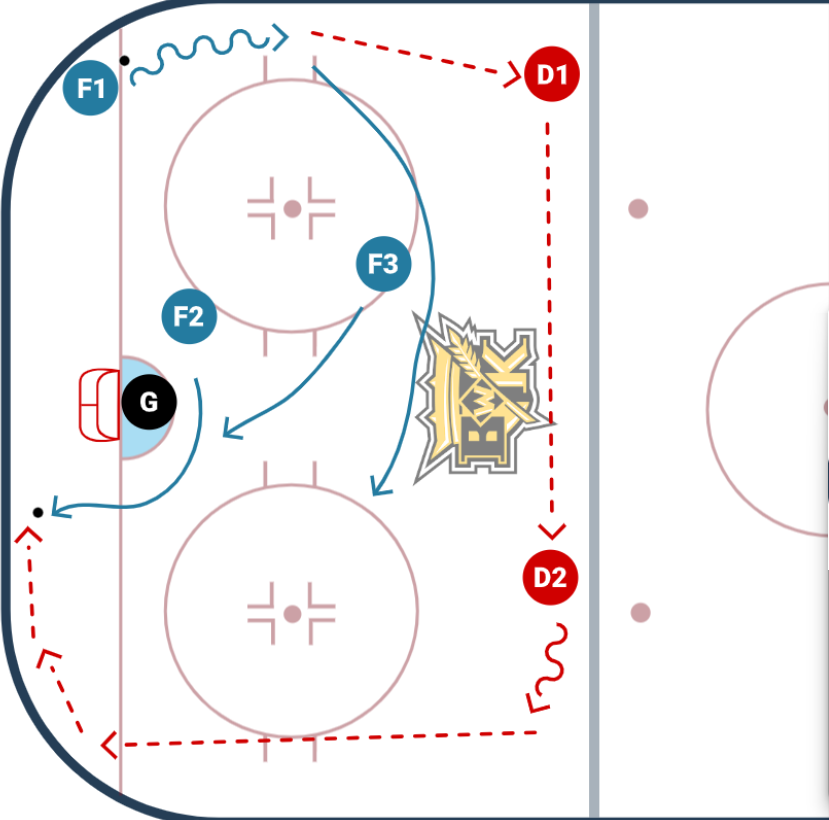
Ozone reset is a good warm-up drill for the players, and gives a good understanding on how to move the puck in the ozone. In this three-phase drill, the F1 starts with the puck in the corner. He walks up the wall and passes it to D1. After going to D to D, D2 passes and lays the puck low and the net front forward, F2, now goes and picks the puck up from behind the net and starts to walk the wall to start the drill again from the opposite side. After doing this three times, the players can attacked with;
- D to D with a shot
- D walk out, back to the half wall player
- High roll

